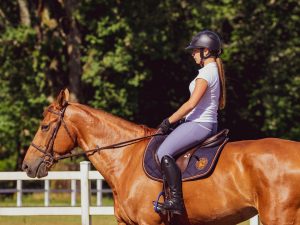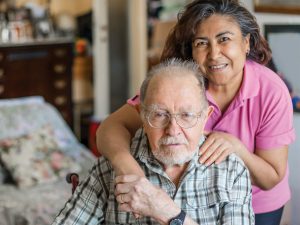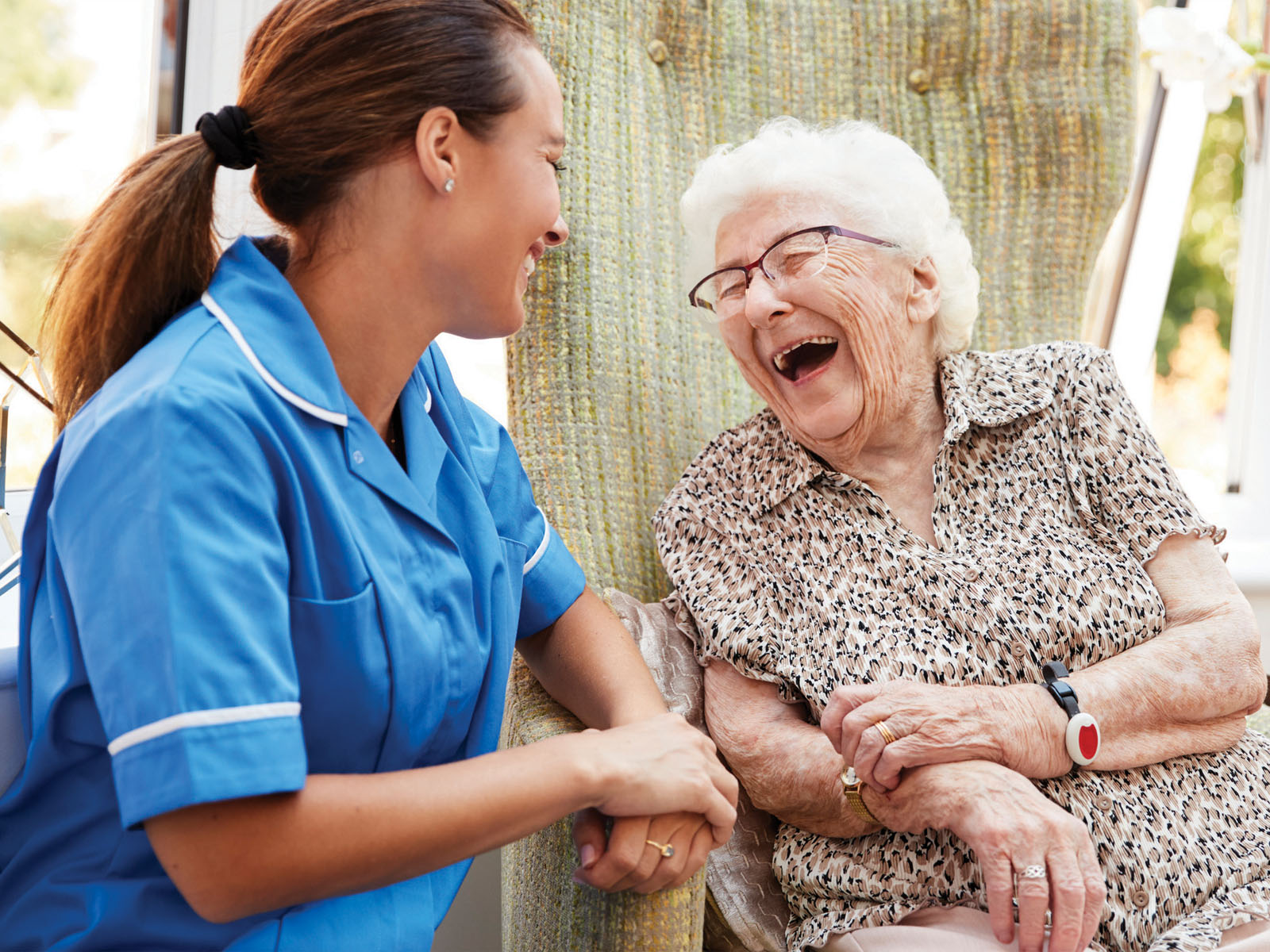It’s common knowledge that daily exercise helps keep a body fit and a mind healthy, but when planning an exercise regime for an older adult, a caregiver has additional issues to consider beyond the obvious health benefits.
First, always consult a doctor before starting any exercise routine to confirm the types of exercise that he or she can perform. You may want to work with an OT or physical therapist to be on the safe side. Once you have determined that exercise is OK, here are some ideas to keep you and the person you’re caring for motivated:
A) Make exercise a social activity. Start an exercise group consisting of other caregivers and seniors who are on a similar activity level and can safely meet regularly. Having “exercise buddies” can boost both your physical abilities, as well as give you and your loved one a chance to socialize with like-minded friends.
B) Find a way to fit exercise into your daily routine. Instead of simply singling some time out to exercise, look for ways to include it in everyday chores— like spending 10 minutes together taking the dog for a walk or 20 minutes doing chair calisthenics while watching a favourite program.
C) Make exercising fun. Instead of going to a gym or walking on a treadmill, try walking outdoors or doing some light yard work. You can also incorporate games to help keep you both active. These can include virtual video games like bowling, floor games like balloon swatting or even dancing.
Exercise together
Be wary that not all workouts will be perfect for both you and the senior you are caring for, but that doesn’t mean you can’t do them at the same time.
You may require something more physical than your loved one is able to do, but that doesn’t mean you have to do them at different times. Have him or her perform some chair exercises while you work on a calisthenic routine or walk slowly on a treadmill while you run. Yoga is another exercise that can be performed at varying intensity levels, so while you are doing your best downward dog, your loved one can work on some light stretching.
Just remember to modify your workouts so you both get something out of it but don’t overdo it when you first start an exercise program.
Expect some resistance
You’d think that because we know that exercise is healthy, makes us feel good in the long run and lengthens our live spans, we’d all want to exercise—but we don’t. It’s not something many of us naturally like when we start. It can be painful at first and many people, especially those who are more set in their ways, do not like a change in routine.
Many older adults also fear injury, fear that they don’t have the physical ability or even fear looking foolish, so they shun exercise programs. Ironically, it is exercise that can improve or reverse the very conditions that prevent seniors from exercising in the first place.
To overcome some of this resistance, start small and build up slowly.
If your elder can do some chair exercises or walk for five minutes, that’s the place to start. It takes about two months to get in the habit, according to experts, but once the habit has been formed, exercising will become an enjoyable routine and not a hardship or chore.
Remember that exercise can delay or prevent many diseases that are common in older adults such as diabetes, colon and breast cancers and heart disease.
Exercise is also good for our mental health and is essential for seniors. It releases chemicals—mainly serotonin—in our system that decrease mood disorder symptoms, reduce stress and provide a feeling of calmness and relaxation.
So get moving…it will be good for both of you.
Carol Nelson, RN, BSN, MBA, is a Healthcare Solutions Manager with more than 35 years of experience in homecare, hospice and palliative care, and assisted living management.













